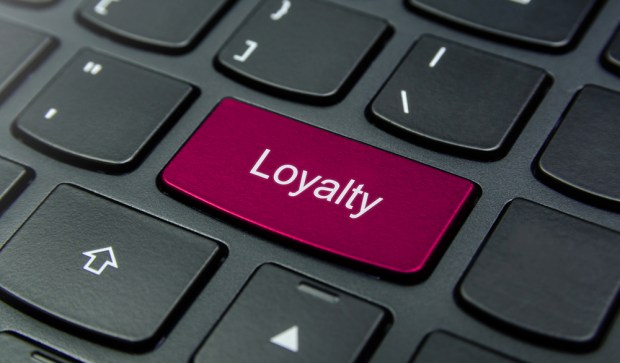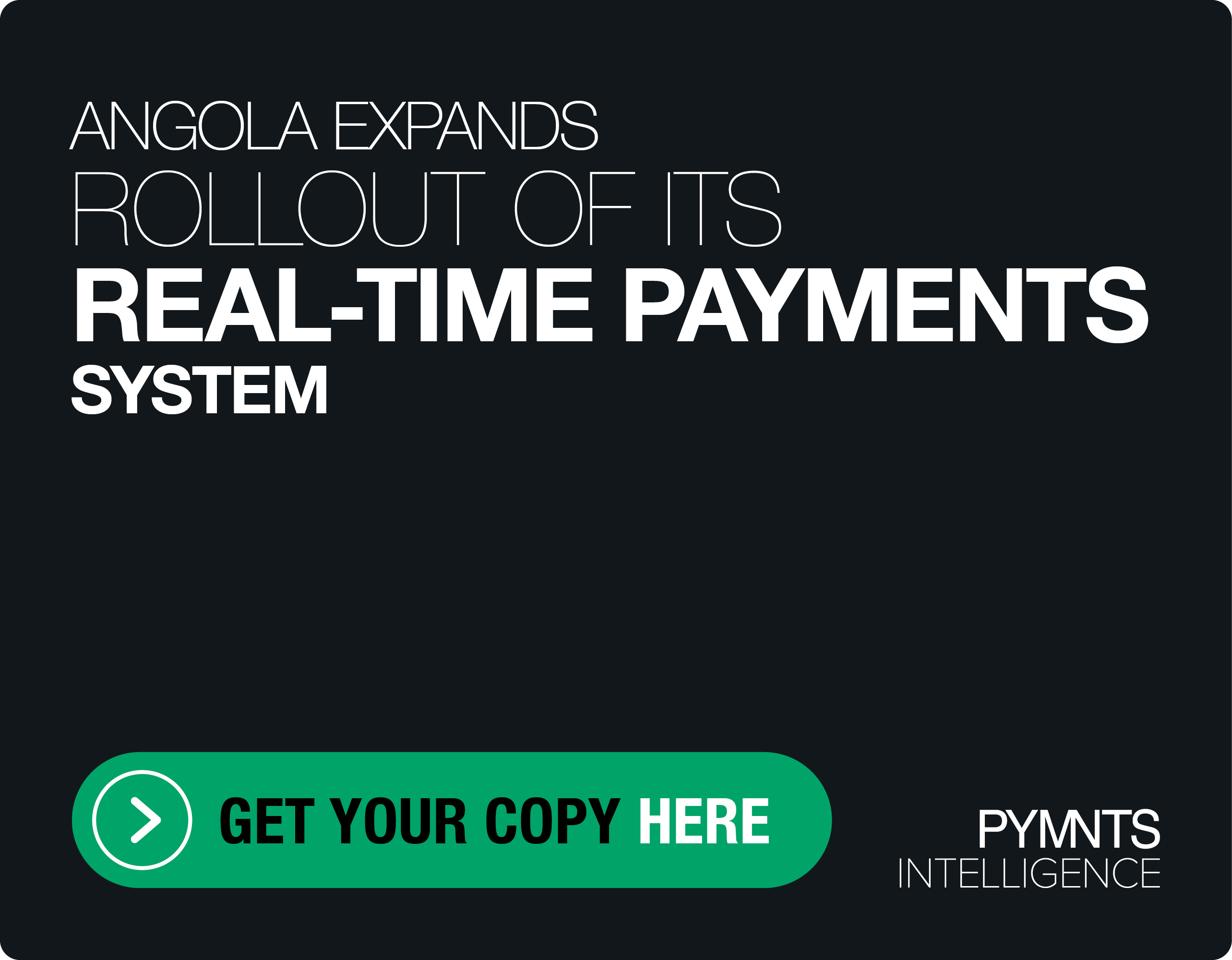Are Card-Linked Offers Reemerging?

The CardLinx Association released new data from the 2017 Card-Linking and O2O Industry Annual Survey, which showed 50 percent growth in online-to-offline ads.
A press release explained that the new data is sourced from the largest merchants, payment companies, digital publishers and card-linked technology companies, including CardLinx members Microsoft, Samsung, Facebook, Mastercard, Discover, Whole Foods Market, Hilton, Sears, First Data, FIS, Empyr, Affinity Solutions and more.
Card-linking technology enables consumers to enroll their existing payment card in any digital account and receive targeted offers and discounts in-store without using a paper coupon, loyalty card or promo code. This year’s survey showed over 80 percent of respondents indicated at least 50 percent growth over the last 12 months — the highest growth rate since the survey’s inception. And compared to last year, twice the percentage of respondents now offer loyalty rewards in their card-linking programs versus cash back offers.
“Over the past 12 months, card-linking has emerged as the killer app in online-to-offline (O2O) commerce and the Internet of Things,” said Silvio Tavares, CardLinx president and CEO. “The scale of card-linking has been firmly established in the U.S., and we are now driving rapid growth in several of the largest developed economies, including Japan, Germany and Switzerland.”
In addition, the survey found that 98 percent of respondents will continue to use card-linked marketing or loyalty campaigns in the next 12 months, and 95 percent will use it as their main online-to-offline commerce strategy.
